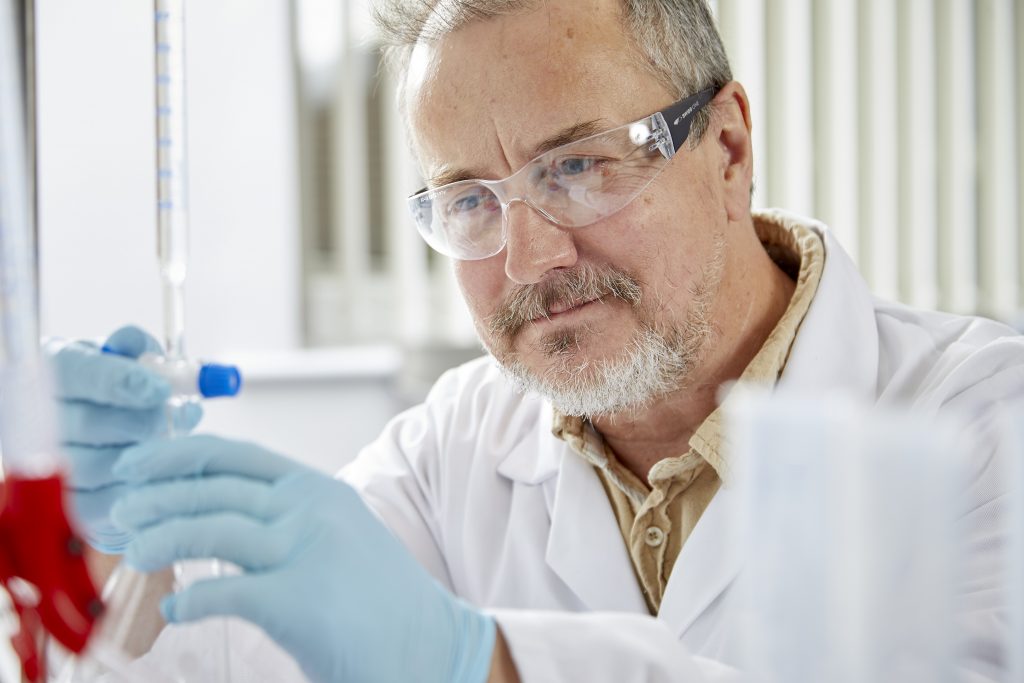Everything you need to know about
Biofilms
Biofilms in food factories
In recent times biofilms have become more recognised as having a role in food hygiene and food safety in manufacturing. Often we hear from hygiene managers complaining of spurious and seemingly random occurrences of bacterial spikes which seem to come from nowhere. The complaint is that even though the same cleaning processes were followed, which last time gave good results and no bacterial contamination was detected, they now have a spike in bacterial counts for no apparent reason – and worse, the bacteria is often identified as Listeria Monocytogenes.
There is a reason for these unpredictable bacterial spikes and in this article we write about the formation of biofilms and some of the ways in which FoodClean is helping food manufacturers deal with them. Biofilms are common in processed food including dairy, meat, fish and seafood manufacturing facilities. It’s thought that over 90% of bacteria are able to form biofilms and these include Salmonella sp., Listeria moncytogenes, Campylobacter jejuni, E. Coli 0157 and too many more to mention here.
What are biofilms and how do they form?
When a bacterium experiences an environmental stress it reacts by employing strategies to protect itself. One of these strategies is to produce extracellular polysaccharides (EPS) which increase adhesion between individual bacteria and surfaces. In other words the bacteria produce a strong glue that immobilises them to a surface and to each other – effectively they form a defensive fortress in which to hide. As the quantity of EPS increases the bacteria form a micro-colony (which often may contain an assortment of different types of bacteria). The biofilm now begins to mature and can prove surprisingly resilient to removal or destruction.
How difficult is it to remove a biofilm?
Studies have shown that mechanical treatment (i.e. scrubbing or ‘padding’) can not remove the bacteria and even chemical agents can have difficulty in removing the biofilm. For example, a recent paper from Queens University, Belfast, showed that sodium hypochlorite (i.e. bleach) at concentrations up to 1000ppm had little effect on a listeria based biofilm. Only at concentrations of hypochlorite at 1000ppm and above was an effect seen and even then, only modest levels of disinfection were achieved – a 2-log reduction in bacterial counts was recorded which corresponds to a 99% reduction (this may sound a lot, but if you started with 100 million bacterial cells a 99% reduction still leaves 1 million ready to continue to exponentially divide and grow).
How do you know you have biofilm formation and how can this be controlled?
In the laboratory biofilms are visualized and quantified by staining techniques. One method is to use ‘crystal violet’ dye: the Japanese National Institute of Technology and others have published many papers detailing this method and FoodClean can supply a similar portable test kit which can help you locate biofilms in your facility.
The important thing is to know you have a biofilm problem and to keep on top of their eradication – as biofilms mature they become harder and harder to remove. FoodClean supply our proprietary ‘film’ cleaning products, these form a film which gives extremely long contact time – ‘cling’ – on horizontal and vertical surfaces as well as hard to reach areas (i.e. under machinery and belts etc). This extended contact time allows FoodClean chemical products to remove soil and contaminants very effectively.
If you have mature biofilms these can be very difficult to remove with chemical products – you will need to digest away the biofilm and it’s protective EPS matrix. The best way to digest the EPS is to use an enzyme-based product which is designed to target this matrix, to break it down into a form where it can be rinsed away. This, of course releases, all the bacteria which has been protected by the EPS ‘fortress’ and so you must effectively deal with the high levels of ‘free floating’ bacteria (the so called planktonic state). FoodClean can provide effective disinfectants which powerfully deal with these unprotected bacteria.
So why do biofilms produce unpredictable spikes of bacteria?
At the start of this article we described how we are contacted by hygiene managers who have mysterious and unpredictable spikes in their routine bacterial testing. This is because bacteria hide in their biofilms and, even though your facility may actually be harbouring potentially large quantities of bacteria, for most of the time they are sheltered in their biofilm and are undetectable. However, when the conditions are right the biofilm is able to send out a colony of free floating planktonic ‘scouts’ which, being unprotected by the biofilm, are detected by testing/swabbing – and are easy to kill with standard disinfectants (so often it is believed the problem is sorted – whilst the main colony in the biofilm continues to remain undetected).
FoodClean specialises in four key areas of cleanliness, which when combined ensure that every element of your food manufacturing site remains clean, hygienic and sustainable. We call this the FoodClean Clean Factory Revolution which connects Chemistry, Equipment (hygiene engineering systems), Protect (safety clothing) and Academy (training in our purpose built hands on FoodClean Experience Centre).
Would you like to visit the FoodClean Experience Centre?
We’re thrilled to offer insightful hands-on training to food manufacturing businesses of all shapes and sizes. If you’d like to visit the FoodClean Experience Centre, get in touch with our team at info@foodclean.com or call +44 (0) 1522 703 703.

